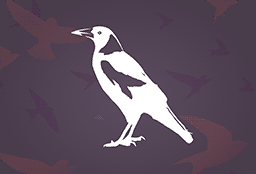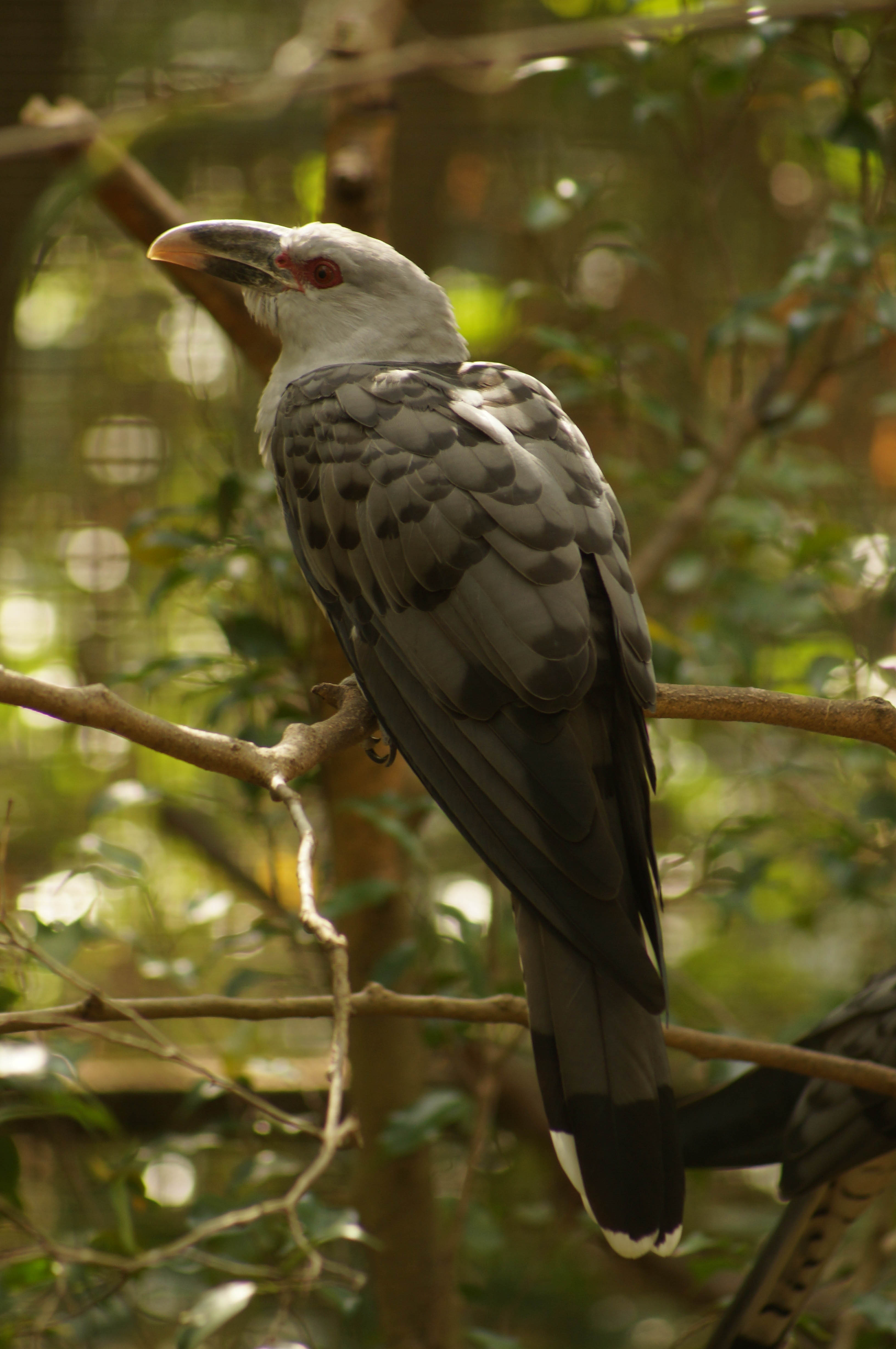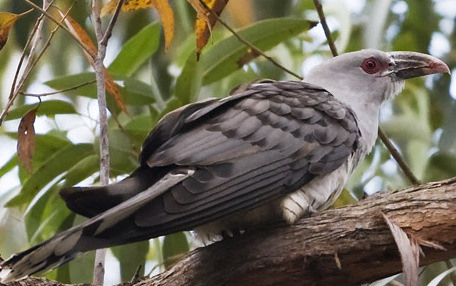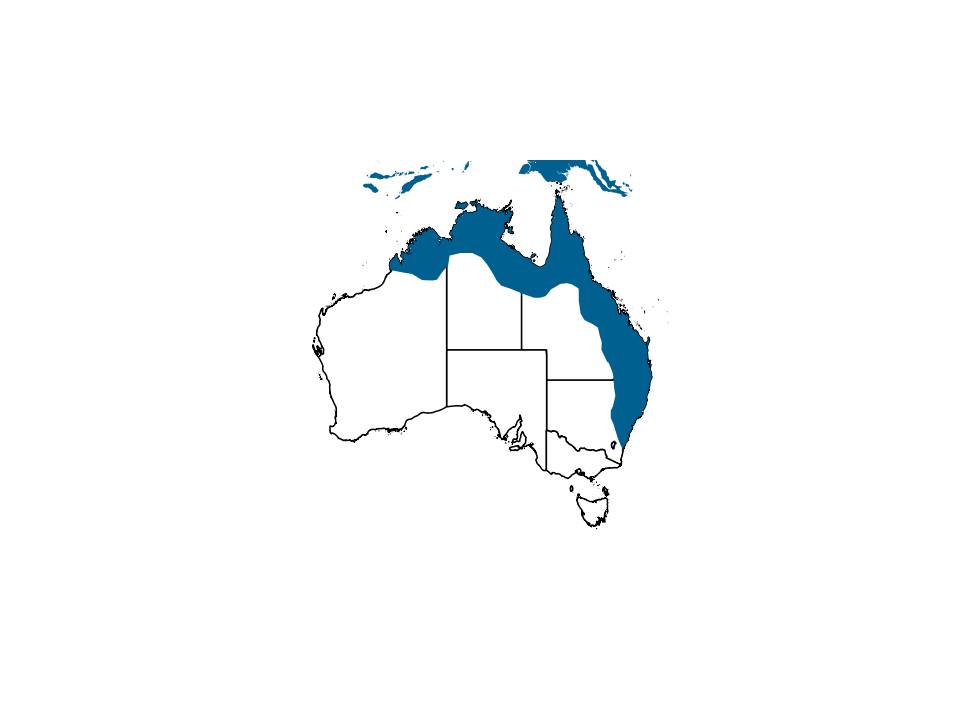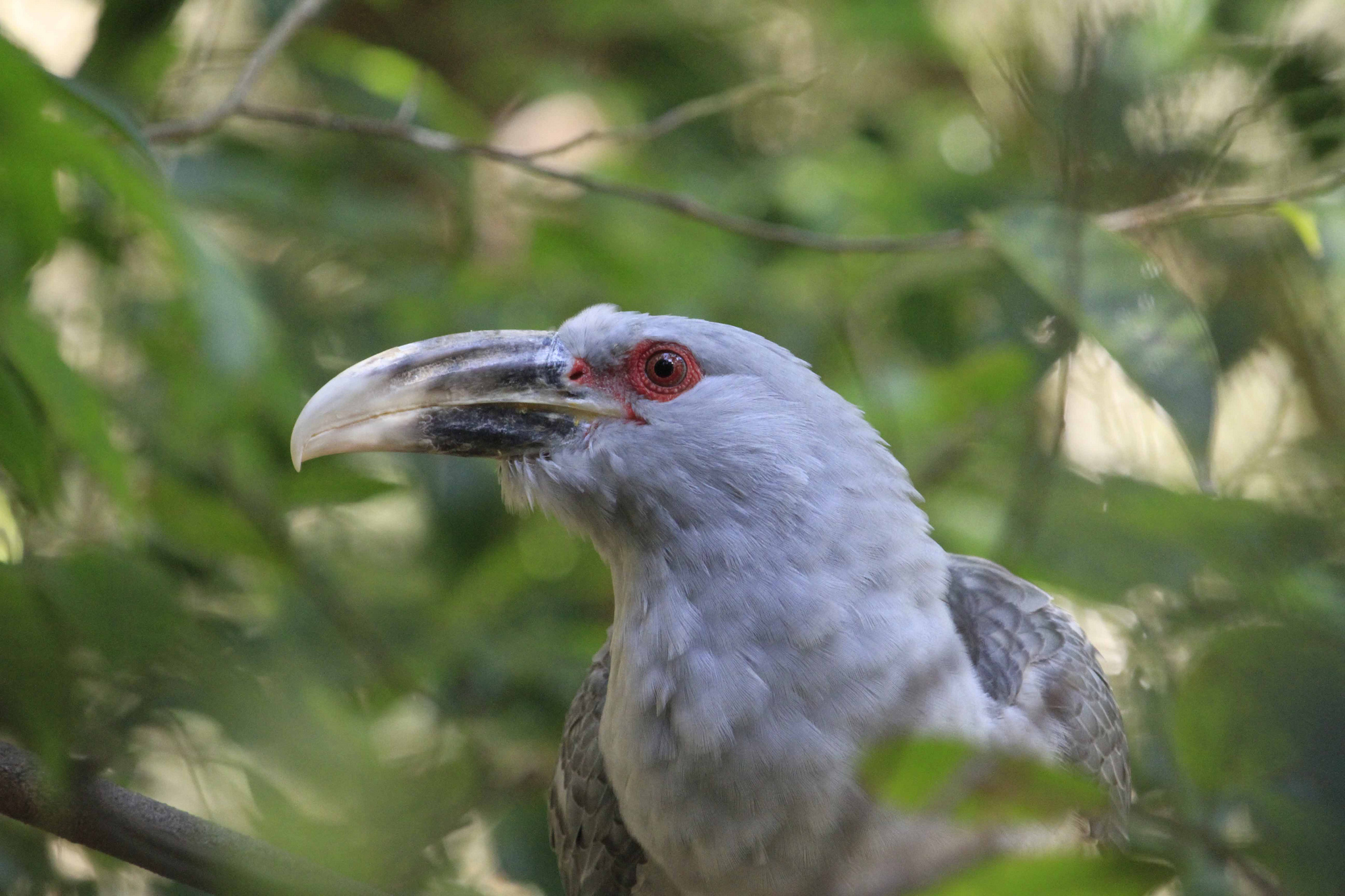Size
58 – 65 cm long (from head to tail)
Behaviour
Call
A distinct, loud “kawk” followed by a more rapid and weaker “awk-awk-awk”. It most often calls in flight and is known to call throughout the night during the breeding season.
Diet
It mostly eats native figs, but also eats other fruit and berries. They sometimes also eat insects and the eggs and young of other birds. It spreads its wings and tail as it picks food from foliage.
Movement
Its flight is slow with strong, regular wing-beats. When breeding, Channel-billed Cuckoos usually occur singly or in territorial pairs, but they may small foraging flocks at other times of the year. The species is migratory, travelling south from New Guinea and Indonesia each year to breed in northern and eastern Australia, where they arrive between August and October. They leave Australia in February and March, after breeding has finished.
Breeding
A courtship display precedes mating: the female calls from a high branch, and then the male approaches, offering her an insect, which she accepts. Usually 1–2 eggs (but up to 5) are laid in the nests of other birds, including the Australian Magpie, Magpie-lark, Pied Currawong and various corvids (crows and ravens). Unlike many other cuckoos, the young Channel-billed Cuckoos do not remove the host's eggs or young from the nest, but simply grow more quickly than the host’s nestlings and demanding all of the food, so that the other chicks starve.
Field Guide
Improve your identification skills. Download your Channel-billed Cuckoo field guide here!

